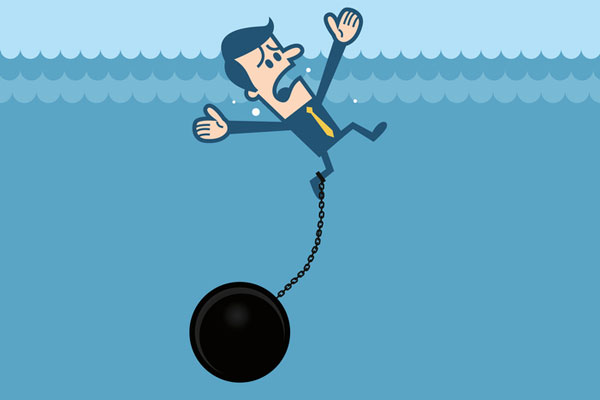Drowning in Documents: Removing the Paper Weight

Article Highlights:
- Four ways automation is costing you.
- Easy shifts to digitization in your dealership.
Remember when transactions were hand posted? What about when purchase orders, cash receipts, repair orders, and parts tickets were manually posted by reviewing the ‘accounting copy’ of the transaction? Do you miss when posting a deal meant finding the recap in the deal folder and calculating it again to make sure it was complete and in-balance? If you remember these processes, I have to ask: Weren’t those the good ole’ days?
But what if a document didn’t make it to the office? How long did it take to find? Have you heard horror stories of a darker time when the office was run completely off manual books?
Today, documents come to accounting electronically, and thanks to G/L mapping, are complete (or close to it). Would you even consider going back to the old ways of posting every transaction individually?
Are we in the good ole days now, then? No. Even with automated processes, your dealership still has inefficiencies. Does sales know how to easily access open repair orders and purchase orders? For every vehicle you sell, do you still wait for the deal folder to get to the office before posting begins? Automation might have sped up the process so you aren’t hand-writing individual transactions in a ledger, but there are still places where you could be more efficient.
Automation has also increased your reliance on paper. For every automated process, there is a copy of a receipt or purchase order lurking in storage. Automating processes is half the solution. What you need now is digitization. Digitization takes the time-saving processes you’ve implemented and links them together to optimize efficiency and enhance the customer experience.
Here are four ways automation without digitization is costing you:
- Storage. Where are you even keeping all those papers you print? In banker’s boxes? In a trailer out back? At a storage facility down the road? The documents you are required to keep should be easily accessible when you need to find them. Otherwise, when a customer calls and needs a copy of their invoice, you’re stuck digging through banker’s boxes on a trailer in the back lot.
- Cost. Paper, ink, toner, storage, and postage. Annually, these costs add up to about $80 per employee, according to the EPA. This isn’t even counting the five hours each week spent searching for documents or the $220 it costs to replace a missing document per IDC and PricewaterhouseCoopers.
- Customer Experience. Something I haven’t mentioned is how paper affects your customers. I read the news via email. I pay bills on my phone. I find the phone number for my favourite Chinese restaurant on Facebook and order my cashew chicken so it’s ready when I arrive. Picking up my vehicle at the dealership should also be this easy. But last time I went to a dealership, I watched the service advisor write my name in pencil in a large appointment book and hang my keys on a board with a pushpin. When my car is ready, I should be able to pay online. Instead, I’m standing in line at 5 p.m. on Friday.
- Employee Experience. This doesn’t only affect your employees who are waiting for deals to post or waiting to get paid. If it takes several days after the month to get everything posted, how much longer does it take you to review the books and make adjustments? How often does end of month mean extra hours in the office for you?
Some easy shifts to digitization you can make are:
- Electronically store documents.
- Are you printing copies that could be viewed or stored electronically?
- Integrate payment processing.
- Offer online payments to reduce reconciliation time and enhance the customer experience.
- Check your accounting setups and mapping.
- Ensure deals are complete and in-balance the first time they’re submitted and review your financials on your PC.
- Create a consistent process in service.
- Use every opportunity to track upsell opportunities and increase communication.
Besides reducing your dependence on paper, how would these changes improve your customer experience?
The age of automation has passed. We are now in the age of digitization. Don’t get left behind.
Related Articles:
The days of “just browsing” are behind us. Today’s buyers show up with screenshots, side-by-side comparisons, and monthly payments already calculated. They’re ready to sign…
At its core, the desking process should be simple. But the reality is, if you ask ten dealerships how they desk deals, you’ll get ten…
It’s funny, the way your world opens up after you visit the eye doctor for the first time and learn you need glasses. I’ve been…
In response to a social media trend, there’s a chance someone asked you “How often do you think about the Roman Empire?” As a history…



















